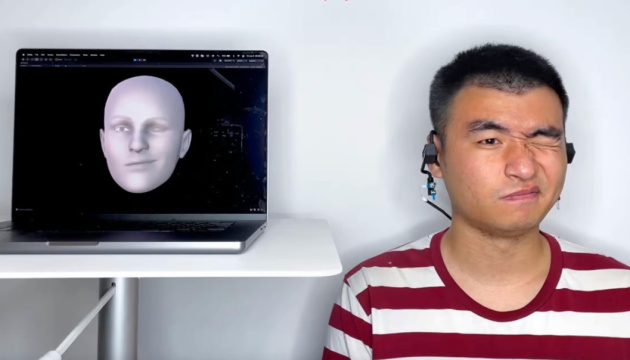Engineers from Cornell University (USA) have developed a new wearable device with artificial intelligence that can track a person’s facial expression using a sensor and recreate it on a digital avatar.
As reported by Ukrinform, New Atlas reported this.
The device, called EarIO, consists of a headset and speakers on both sides. In addition, they can be attached to any ordinary headphones.
Each speaker emits pulses of sound towards the wearer’s face, beyond the range of human hearing, and the microphone “takes” its echoes.
These echo profiles are said to change slightly depending on how the wearer’s skin is moving, stretching or wrinkling when the person makes different facial expressions or during a conversation.
Specially trained algorithms can recognize profiles and quickly reconstruct the user’s facial expression by displaying them in a digital avatar.
“Utilizing the power of artificial intelligence, the algorithm finds complex relationships between muscle movement and facial expression that the human eye cannot detect,” said Ke Li, co-author of the study.
The team tested EarIO on 16 participants by running the algorithm on an ordinary smartphone. As a result, the device can reconstruct facial expressions as well as a regular camera. Background noise such as wind, speech or street noise did not interfere with the participant’s ability to record facial expressions.
As reported by Ukrinform, a team of Chinese scientists from Sun Yat-sen University’s Center for Ophthalmology has successfully used artificial intelligence (AI) to develop models to predict glaucoma occurrence and progression.
Photo: Ke Li













